5 Early Warning Signs That You May Have A Slipped Disc And Stretches That Help
Last updated on
Many people experience pain or symptoms but few know why. Having a herniated disc is one of those times.
Herniated disc, bulging disc or slipped disc are a very painful experience. This injury is most common in early to middle aged adults. It is often caused by too much pressure put on the spine. However, most people who suffer from it have no idea. Some common symptoms include:
- Arm or leg pain
- Numbness or tingling in the body due to affected nerves
- Weakness
- Shooting pain down the buttock into your thigh
- Pain that worsens when standing and decreases when lying down
The spine is made up of bony vertebrae separated by jelly-like discs that keep the vertebrae in place. A herniated disc happens when a disc ruptures, causing the disc to leak and irritate nearby nerves.
This type of injury often happens with lifting, pulling, bending, or twisting motions. It can cause pain and weakness. The following exercises will help relieve some of the pain caused by an injured disc.
Herniated Disc Exercises For The NECK
 1. Neck Extension
1. Neck Extension
Lie on your back on a table or bed. Line the bottom of your neck up with the edge. Slowly lower your head backwards and let it hang. Hold this position for one minute and then let it rest for one minute. Repeat five to fifteen times.
 2. Neck Retraction (Chin Tuck)
2. Neck Retraction (Chin Tuck)
As far as herniated disc exercises go, this one is very simple. Stand straight. Tilt your head back as far as it can go, then slowly back to the front, tucking your chin towards your chest. At each end, hold for five to ten seconds. Repeat fifteen to twenty times.
 3. Shoulder Retraction
3. Shoulder Retraction
Sit or stand with your back to a wall, arms by your sides. Bend your elbows at 90 degree angles. Bring shoulders down and back so that the back of your arms push towards the wall. Your shoulder blades should squeeze together.
 4. Isometric Hold
4. Isometric Hold
Sit up tall, relax your shoulders and put a hand on your forehead. Press head into hand without moving head. Hold this for five to fifteen seconds, repeat fifteen times.
 5. Lateral Bend
5. Lateral Bend
Sitting up tall with shoulders relaxed, slowly tilt head to one side as if to touch your ear to your shoulder. Hold this position for thirty seconds. Rest and repeat three to five times during the day.
 6. Scalene Stretch
6. Scalene Stretch
Sitting up tall with shoulders relaxed, place one hand on the back of the head. Slowly tilt your head to look at your armpit at a 45-degree angle. Hold this for thirty seconds, rest and repeat three to five times during the day.
 7. Neck Rotation
7. Neck Rotation
Sitting up tall with shoulders relaxed, turn head to one side. Don’t over extend and turn your head behind you. Slowly turn your head to the other side. Hold each side for thirty seconds and repeat three to five times during the day.
Herniated Disc Exercises for the BACK
 1. Lie Face Down
1. Lie Face Down
When you get up in the morning, lie face down on the bed with your head tucked in. This increases the curve in your lower spine and relieves pain.
 2. Sphinx Pose
2. Sphinx Pose
Lie in the prone position to start. Push yourself up on your elbows. Hold for one or two seconds and repeat six to eight times. This should be repeated every couple of hours.
 3. Standing Extension
3. Standing Extension
Standing straight up, place hands on hips with fingers facing down. Push your hands in so that your back arches. Do not use your lower back to do this. Hold for one to two seconds and repeat six to eight times. Repeat every two hours.
4. The Cat-Camel
On all fours with hand planted shoulder width apart and legs hips width apart, let your belly hang downward, curving the back. Exhale and arch the back as far as you are able, also bending your neck downwards.
 5. Curl Ups
5. Curl Ups
Lie on your back with one leg straight and the other bent with foot flat on the floor. Place one arm under the arch of the back for support. The other arm supports the head. Raise your shoulders off the ground and lower back down. Repeat up to ten times.
 6. Squats
6. Squats
Stand in front of a chair like you are about to sit in it. Stand with knees a little more than hip-width apart. Lower your butt until you touch the chair. Repeat for three sets of ten.
After you’ve built strength, take the chair away and go down till your legs are at a 90-degree angle. This is the most challenging of the herniated disc exercises.
7. Bird Dog
On all fours with legs hip width apart engage your core. Lift one arm and the opposite leg, so that they are parallel with your back. Do three sets of ten reps.
Seeking Medical Help
In some cases, these exercises alone are not enough and you may want to seek out medical help for your pain. Make sure that your physician and chiropractor work together with you so that they know what is happening with your treatment. This will ensure that you are getting exactly the treatment you need without causing any further pain or damage.
Surgery
Most herniated disc pains can be treated without surgery, so this option is only for very severe cases. However, many herniated disc surgeries are minimally invasive and have very high success rates. The recovery time, though, can be very long.
Remember that the best treatment options are different for different people. Depending on how much damage there is and the location of the rupture, as well as the person’s health, the treatment options will vary. Always talk to your doctor before starting any kind of pain treatment plan for your herniated disc.
This article is shared with permission from our friends at newhealthadvisor.com.
References:
https://www.medicinenet.com/herniated_disc/page3.htm
mayoclinic.org
Some of the links I post on this site are affiliate links. If you go through them to make a purchase, I will earn a small commission (at no additional cost to you). However, note that I’m recommending these products because of their quality and that I have good experience using them, not because of the commission to be made.

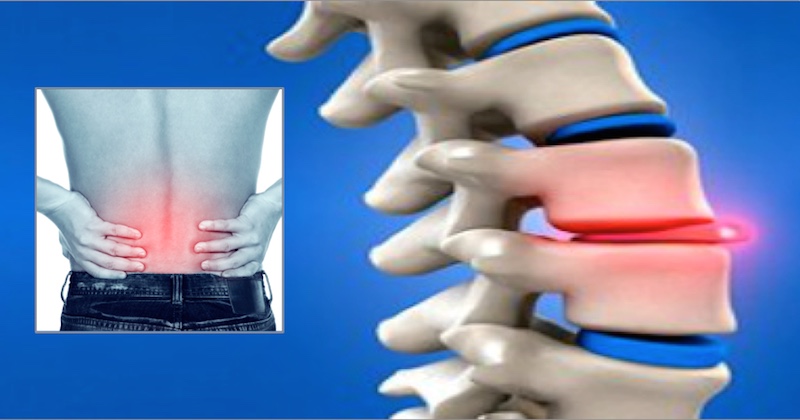
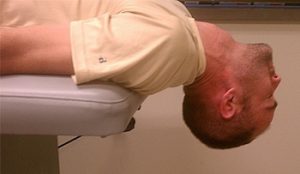 1. Neck Extension
1. Neck Extension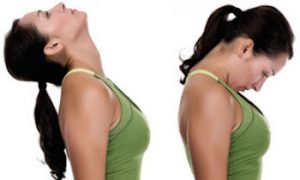 2. Neck Retraction (Chin Tuck)
2. Neck Retraction (Chin Tuck)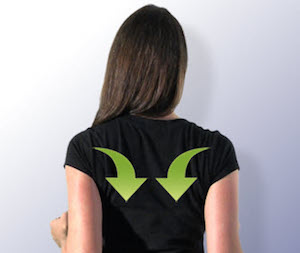 3. Shoulder Retraction
3. Shoulder Retraction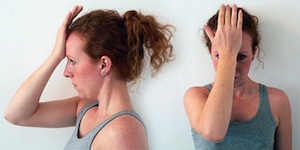 4. Isometric Hold
4. Isometric Hold 5. Lateral Bend
5. Lateral Bend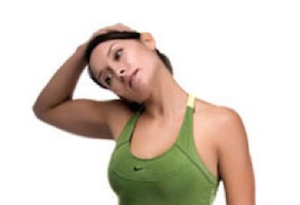 6. Scalene Stretch
6. Scalene Stretch 7. Neck Rotation
7. Neck Rotation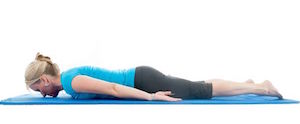 1. Lie Face Down
1. Lie Face Down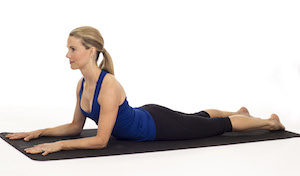 2. Sphinx Pose
2. Sphinx Pose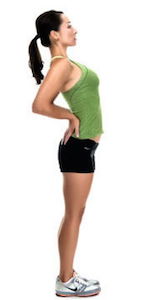 3. Standing Extension
3. Standing Extension
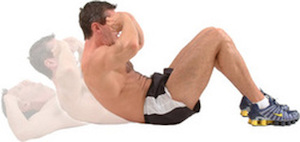
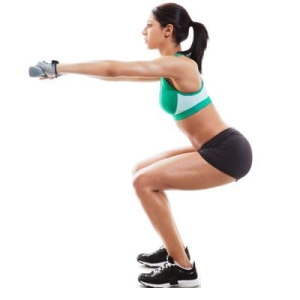 6. Squats
6. Squats
































 JOIN OVER
JOIN OVER
Comments